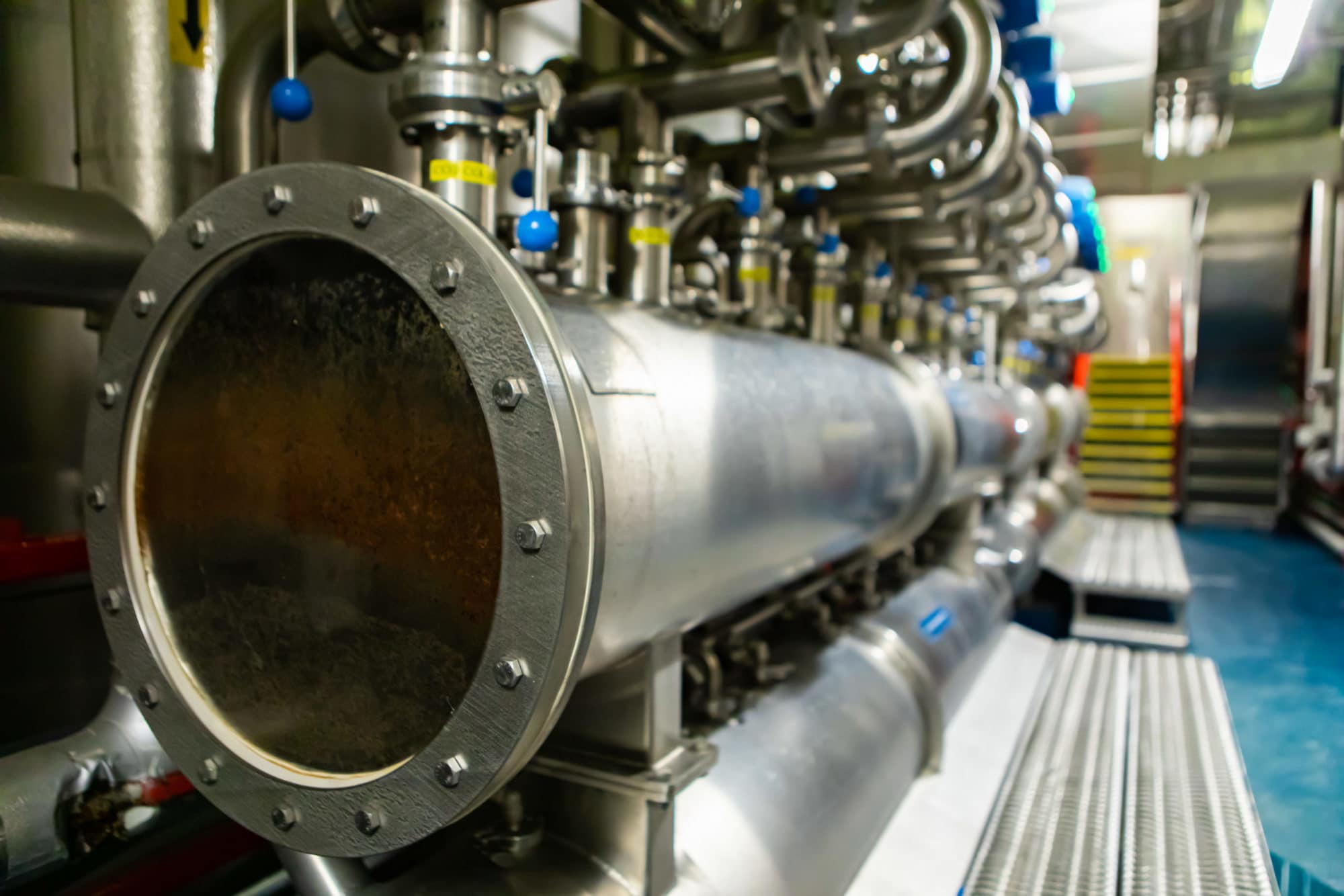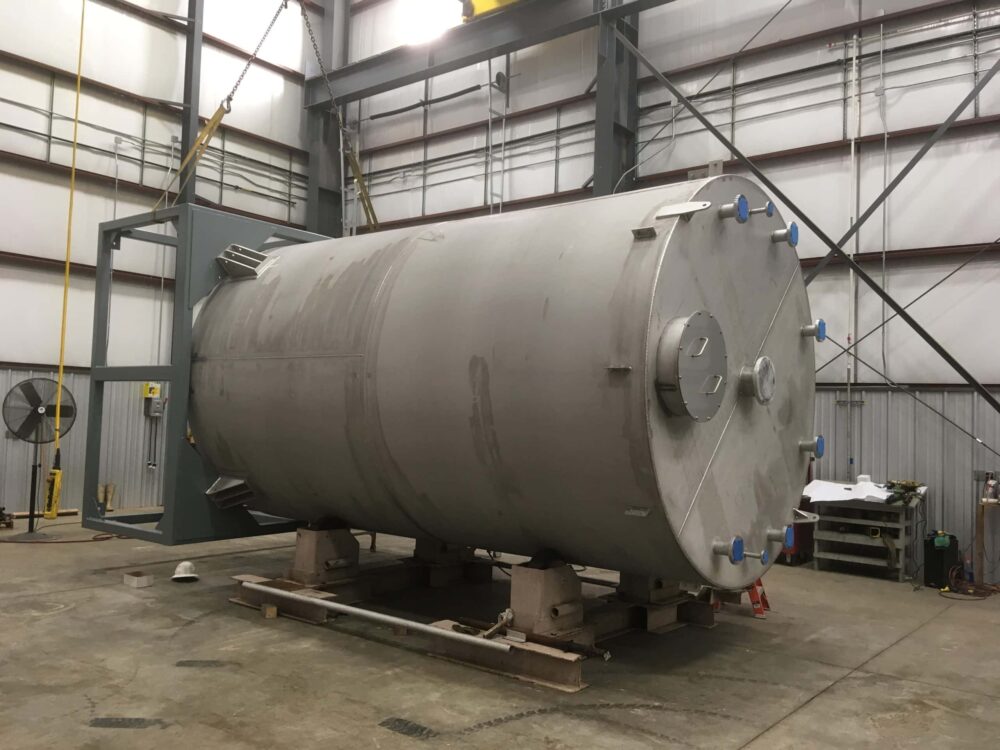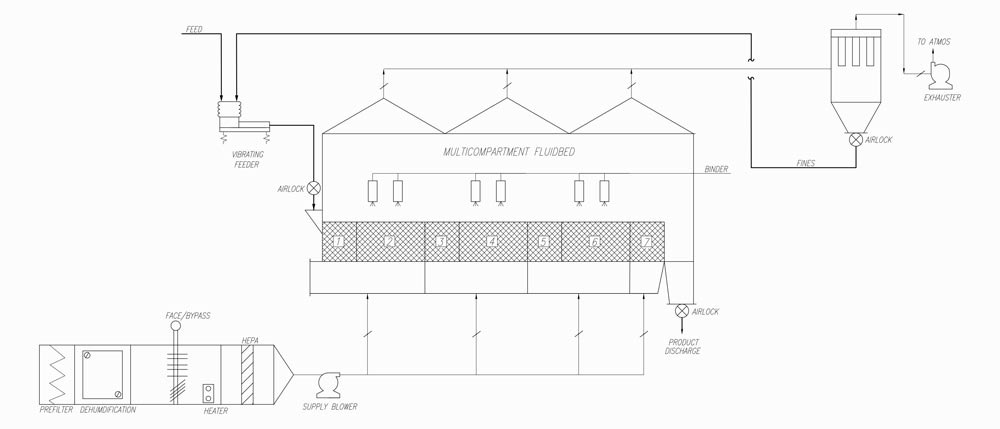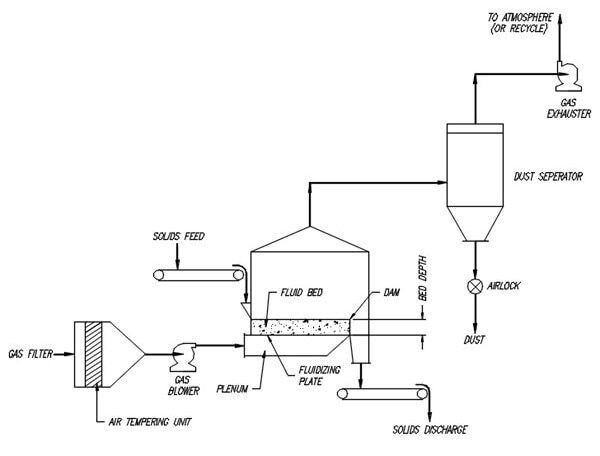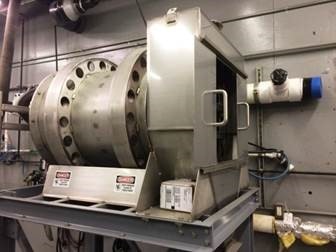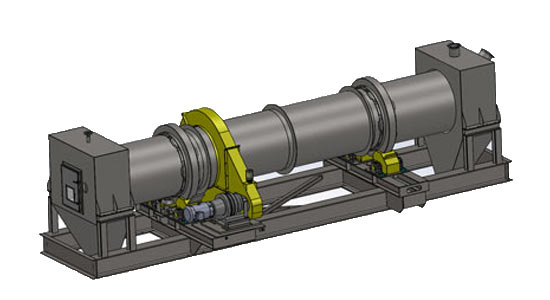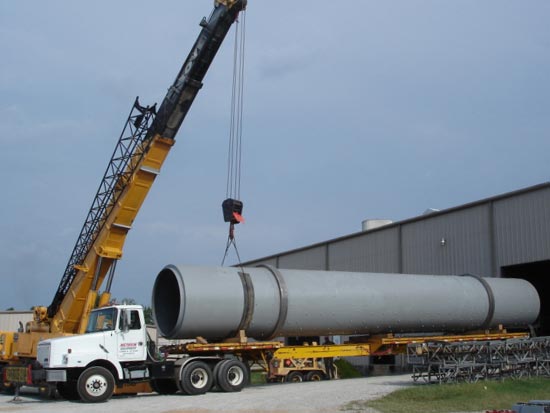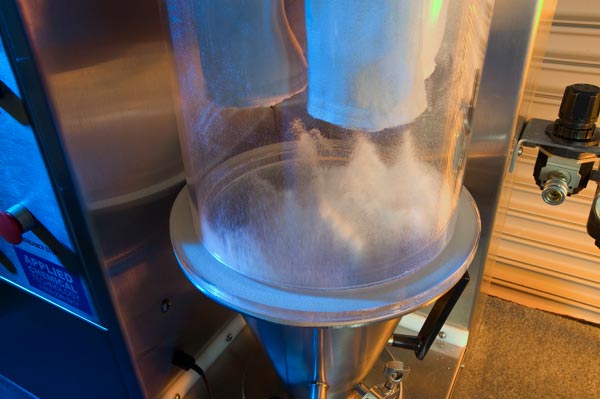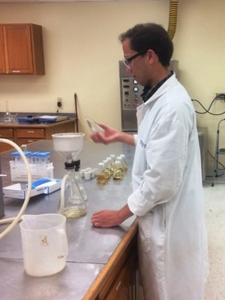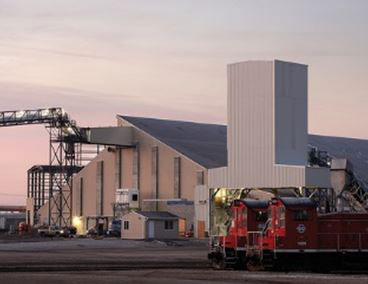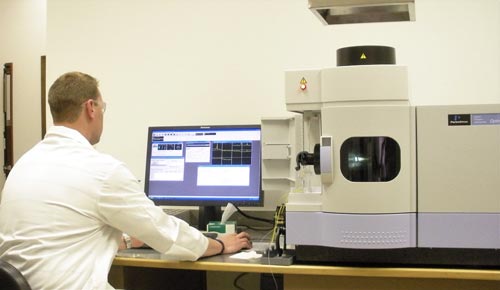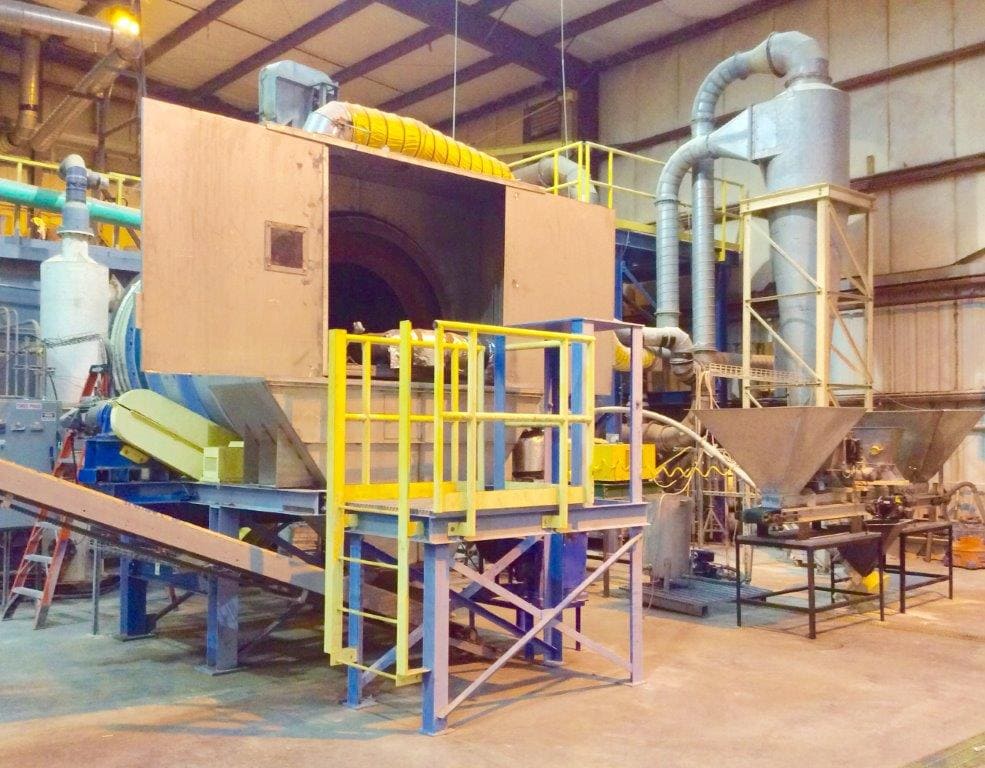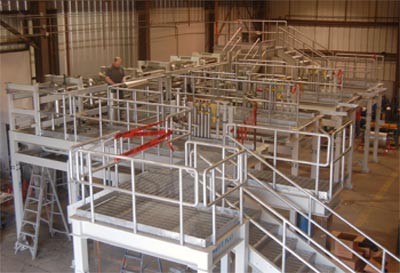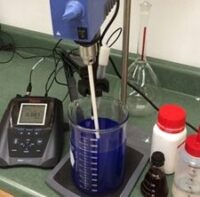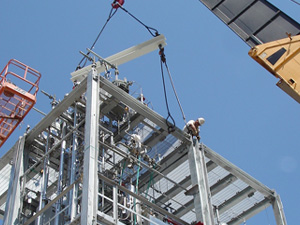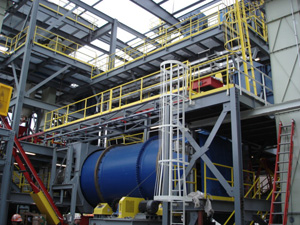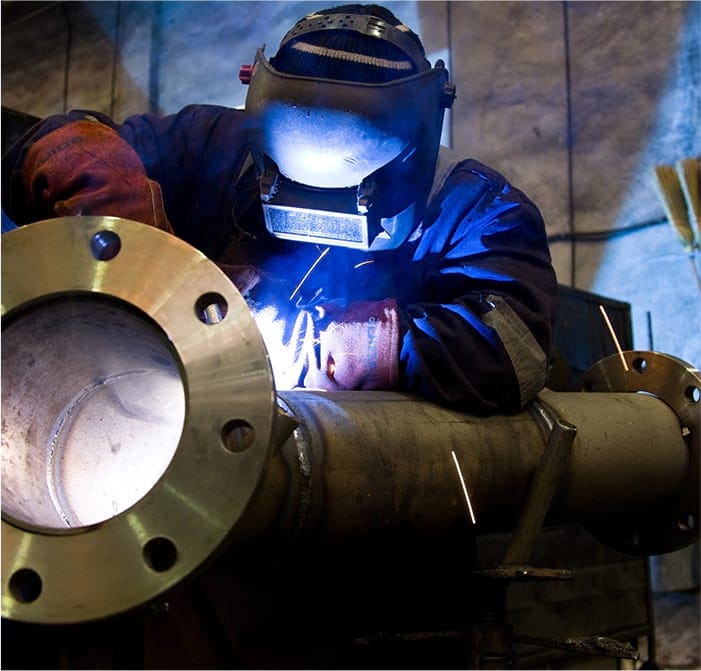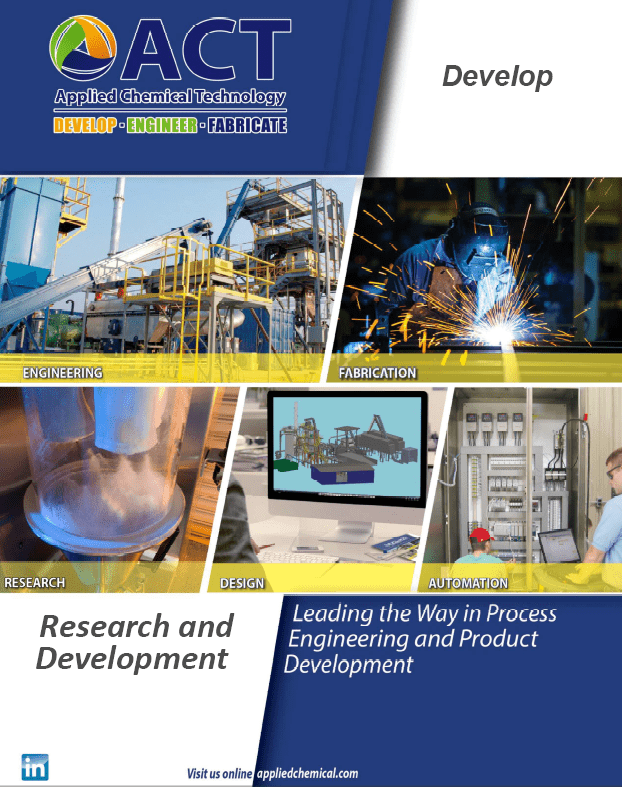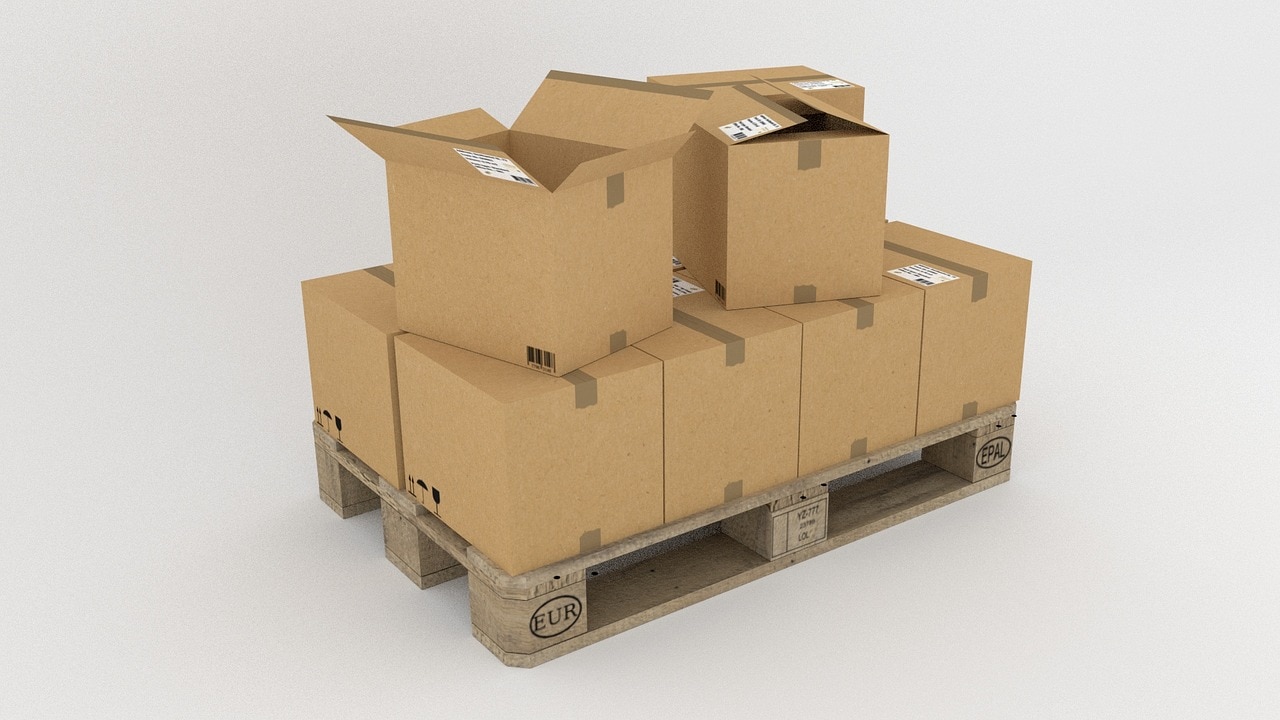Screening Small Particles by Fluid Bed Air Classification
Why Do We Screen Material for Particle Size? – Particle Size Separation
Particle size and size distribution are important in industrial processes since particle size distribution can impact product quality, product properties, material handling, and safety. For example, many fine powders are added to materials as fillers in paper, paint, rubber, plastics, and more. These fine materials do not just act as fillers, they also affect the properties of the final product. The particle size of the fillers can influence color, smoothness, stiffness, and strength of the product. For processes involving coating of granules, wide particle size distribution may lead to undesired agglomeration and result in uneven coating as well as wasted coating material. Difficulty in producing uniform liquid suspensions can result from wide particle size distributions. Also, solid materials with excessive fines may not flow well or may cause bridging. Finally, dustiness in material may pose safety hazards such as explosion risk and inhalation exposure. Because of these risks, additional environmental controls may be required which can result in additional costs.





